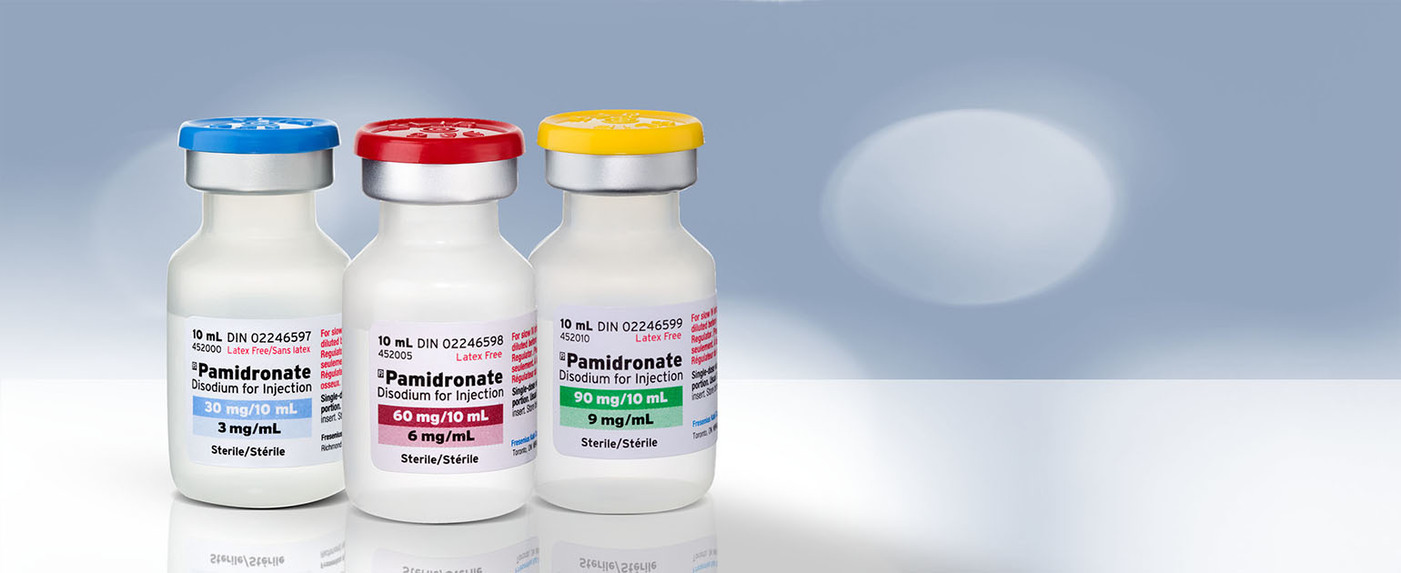Brittle Bone Disease: Symptoms, Causes & Treatment
What are the symptoms of brittle bone disease?
Brittle bone disease, also known as osteogenesis imperfecta (OI), is a genetic disorder that causes extremely fragile bones that break easily. The main symptoms include:
- Frequent fractures
- Bones fracture from little or no trauma, like bumps or falls
- Multiple fractures can occur even before birth
- Common fracture sites are the arms, legs, and ribs
- Bone deformities
- Bowed legs, curved spine (scoliosis or kyphosis)
- Barrel-shaped rib cage
- Abnormally shaped skull or protruding forehead
- Short stature
- Shorter than normal height for age due to bone deformities
- Loose joints
- Joints may be loose and prone to partial dislocation
- Hearing loss
- Hearing can deteriorate over time, sometimes starting in adolescence
- Dental problems
- Brittle teeth that are prone to cavities and discoloration
- Respiratory issues
- Potentially life-threatening breathing problems from rib deformities
- Fatigue and muscle weakness
- Low muscle mass and strength
- Tires easily due to fractures and deformities
- Easy bruising
- Tendency to bruise easily from minor injuries
- Blue sclerae
- The whites of the eyes can appear blue or grayish
Symptoms range from mild to severe, depending on the specific type of OI. More severe cases have more skeletal abnormalities and risk of respiratory complications. Early fractures and bone deformities are often the first signs.
What are the causes of brittle bone disease?
Brittle bone disease, or osteogenesis imperfecta (OI), is primarily caused by genetic defects that affect the production or structure of collagen, which is a protein that helps provide strength and flexibility to bones.
The main causes are:
- Genetic mutations
OI is most often caused by mutations in the genes that provide instructions for making type 1 collagen – COL1A1 and COL1A2 genes. These mutations result in less collagen being produced or structurally defective collagen. - Autosomal dominant inheritance
In most cases, OI follows an autosomal dominant pattern of inheritance. This means only one mutated gene from either parent is enough to cause the disease. - Autosomal recessive inheritance
Some rarer, more severe forms are inherited in an autosomal recessive pattern, requiring two mutated genes – one from each parent. - New genetic mutations
In some cases, OI is caused by a new or spontaneous mutation in the collagen genes that was not inherited from either parent. - Rare causes
Very rarely, OI can be caused by defects in other genes that interact with collagen or are involved in bone formation, such as CRTAP, LEPRE1, or PPIB genes.
The defective or deficient collagen makes bones extremely fragile and prone to fracturing with little or no force. The severity depends on the specific gene mutation and amount of functional collagen produced.
Most cases are inherited, but new mutations account for a small percentage of OI cases too. Genetic testing can identify the causative mutation in affected individuals and families.
While the primary cause is the genetic collagen defect, factors like level of physical activity can impact how severely the symptoms manifest in each person.
What is the treatment for brittle bone disease?
There is no cure for brittle bone disease (osteogenesis imperfecta), but a variety of treatments can help manage the symptoms and complications. The treatment approach is multidisciplinary and depends on the severity of the condition. Common treatments include:
Medications:
- Bisphosphonates (like pamidronate) to increase bone mass and prevent fractures
- Teriparatide to stimulate new bone formation
- Calcium and vitamin D supplements
Surgical treatments:
- Rodding surgery – Inserting metal rods into long bones to prevent deformities
- Spinal surgery – To correct scoliosis or vertebral fractures
- Fracture treatments – Setting and casting broken bones
Physical therapy:
- Exercises to build muscle strength and motor skills
- Braces, splints or other orthotics to support weakened bones
- Occupational therapy for activities of daily living
Respiratory support:
- Assisted ventilation for those with life-threatening breathing impairment
Hearing support:
- Hearing aids for progressive hearing loss
Dental treatments:
- Specialized dental care for brittle, discolored teeth
Other supportive care:
- Wheelchairs or mobility aids
- Pain medication for chronic bone pain
- Genetic counseling for families
Early treatment is important, especially with bisphosphonates during childhood and adolescence, to increase bone mass when most skeletal development occurs.
Avoiding fractures through protective gear like helmets and maintaining a healthy weight is also crucial. Most require a team of specialists across multiple disciplines.
New treatments being researched include gene therapy and medications like antibodies or stem cell therapies targeting bone formation pathways.




